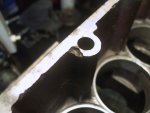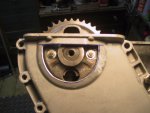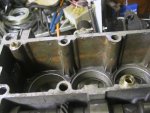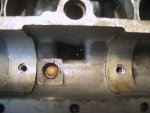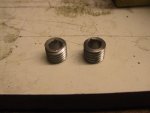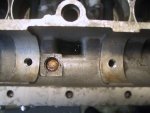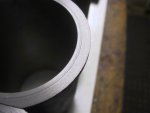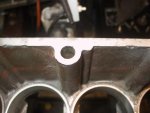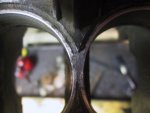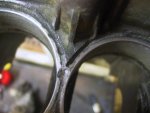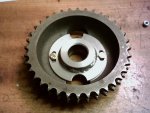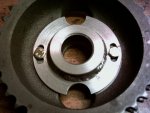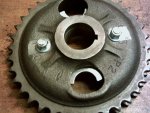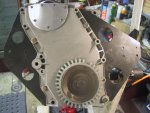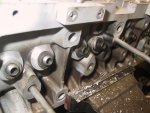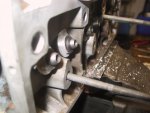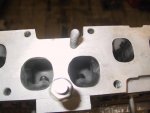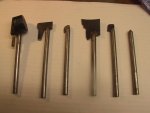Hi All,
I have started to put Ross's engine together. This will be the one to power the Dauphine as seen in the Renault section.
It will be just below 1600 because that is the class Ross wants to race against. His theory is that in the 1600 class he will have at least a 1600 to compete with and not the 1400 as with the previous Dauphine.
If there is a need I will take pictures of the process and post it here. There isn't many 807's racing out there so let me know.
Regards
Frans.
I have started to put Ross's engine together. This will be the one to power the Dauphine as seen in the Renault section.
It will be just below 1600 because that is the class Ross wants to race against. His theory is that in the 1600 class he will have at least a 1600 to compete with and not the 1400 as with the previous Dauphine.
If there is a need I will take pictures of the process and post it here. There isn't many 807's racing out there so let me know.
Regards
Frans.

